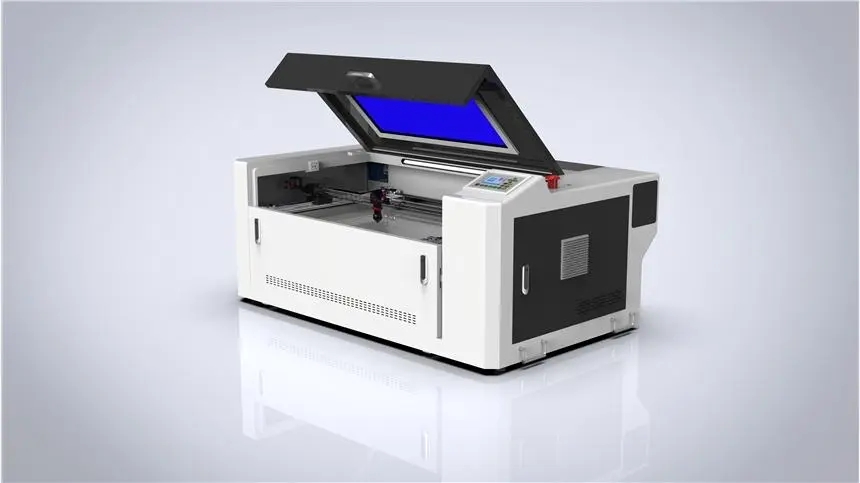Unveiling the Enigma: Can CO2 Lasers Truly Engrave Glass?
The Growing Popularity of CO2 Lasers in Engraving
Over the past decade, CO2 lasers have gained immense popularity in various industries due to their versatility and precision. These lasers are commonly used for cutting, marking, and engraving a wide range of materials including wood, acrylic, rubber, and even metal. Recently, there has been a growing interest in determining whether CO2 lasers are suitable for engraving glass, a material known for its fragility. In this article, we will delve into the enigma surrounding the ability of CO2 lasers to engrave glass and unveil the truth.
Understanding the Science Behind CO2 Lasers
Before diving into the topic at hand, it is important to understand how CO2 lasers work. These lasers use a gas mixture primarily composed of carbon dioxide (CO2) to produce a high-energy beam of light. The light emitted by these lasers falls within the infrared region of the electromagnetic spectrum, making it invisible to the human eye. This powerful light is then focused onto the surface to be engraved, resulting in controlled heating and vaporization of the material.
- CO2 lasers produce a wavelength of light (10,600 nanometers) that is easily absorbed by organic materials.
- The versatility of CO2 lasers lies in their ability to precisely control the intensity and duration of the laser beam, allowing for intricate designs and high levels of detail.
- CO2 lasers are typically equipped with a galvanometer system that directs the laser beam across the surface, enabling fast and accurate positioning during engraving.
Debunking the Myth: CO2 Lasers and Glass Engraving
Now, the big question arises: Can CO2 lasers truly engrave glass? The answer is yes, but with some limitations. While CO2 lasers are highly effective at engraving organic materials, they face challenges when engraving glass due to its unique properties. Glass is a notoriously fragile material that does not readily absorb CO2 laser light. This lack of absorption limits the transfer of energy into the glass, making engraving difficult.
However, with the right techniques and equipment, CO2 lasers can be used to engrave glass effectively. By employing a few key strategies, the limitations can be overcome, and exquisite glass engravings can be achieved.
- Using a Coating: Applying a specialized coating to the glass surface can enhance the absorption of the CO2 laser light. This coating is designed to absorb the laser energy and transfer it to the glass, making it more susceptible to engraving.
- Multiple Pass Engraving: Glass engraving often requires multiple passes to gradually heat and etch the surface. This prevents excessive heat buildup and minimizes the risk of cracking or shattering the glass.
While CO2 lasers can engrave glass, it is crucial to note that not all types of glass respond equally well to this process. Certain types of glass, such as borosilicate glass, are more favorable for engraving due to their higher levels of energy absorption. Additionally, as with any laser engraving process, proper safety precautions should be followed to protect individuals from potentially harmful laser radiation.
Frequently Asked Questions (FAQs)
Q: Are CO2 lasers safe for engraving glass?
A: Yes, CO2 lasers can be safely used for engraving glass when proper safety measures are followed. It is important to use appropriate eye protection, adequate ventilation, and ensure the laser system is properly maintained and calibrated.
Q: Can CO2 laser engraving on glass result in a permanent mark?
A: Absolutely. Properly engraved glass using a CO2 laser can result in a permanent mark that is precise and detailed. The level of permanence depends on the depth of the engraving and the type of glass used.
Q: Is it possible to achieve color changes in glass through CO2 laser engraving?
A: No, CO2 lasers do not have the capability to produce color changes in glass. However, they can create intricate designs and patterns by removing material from the surface, resulting in a frosted appearance.





